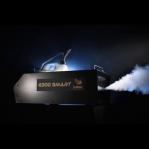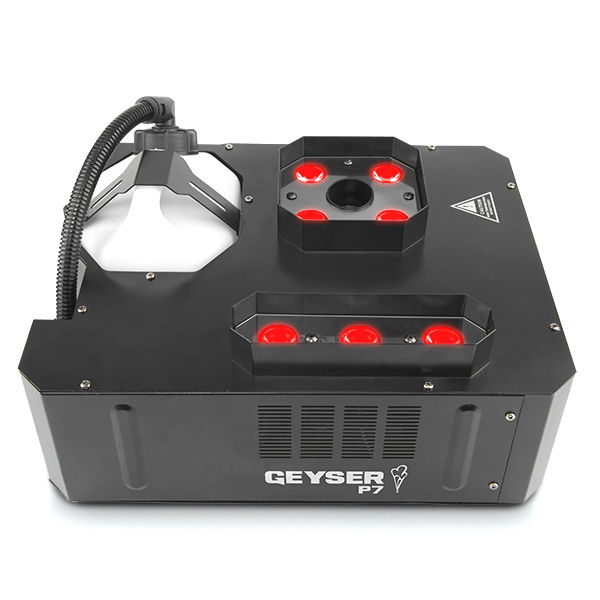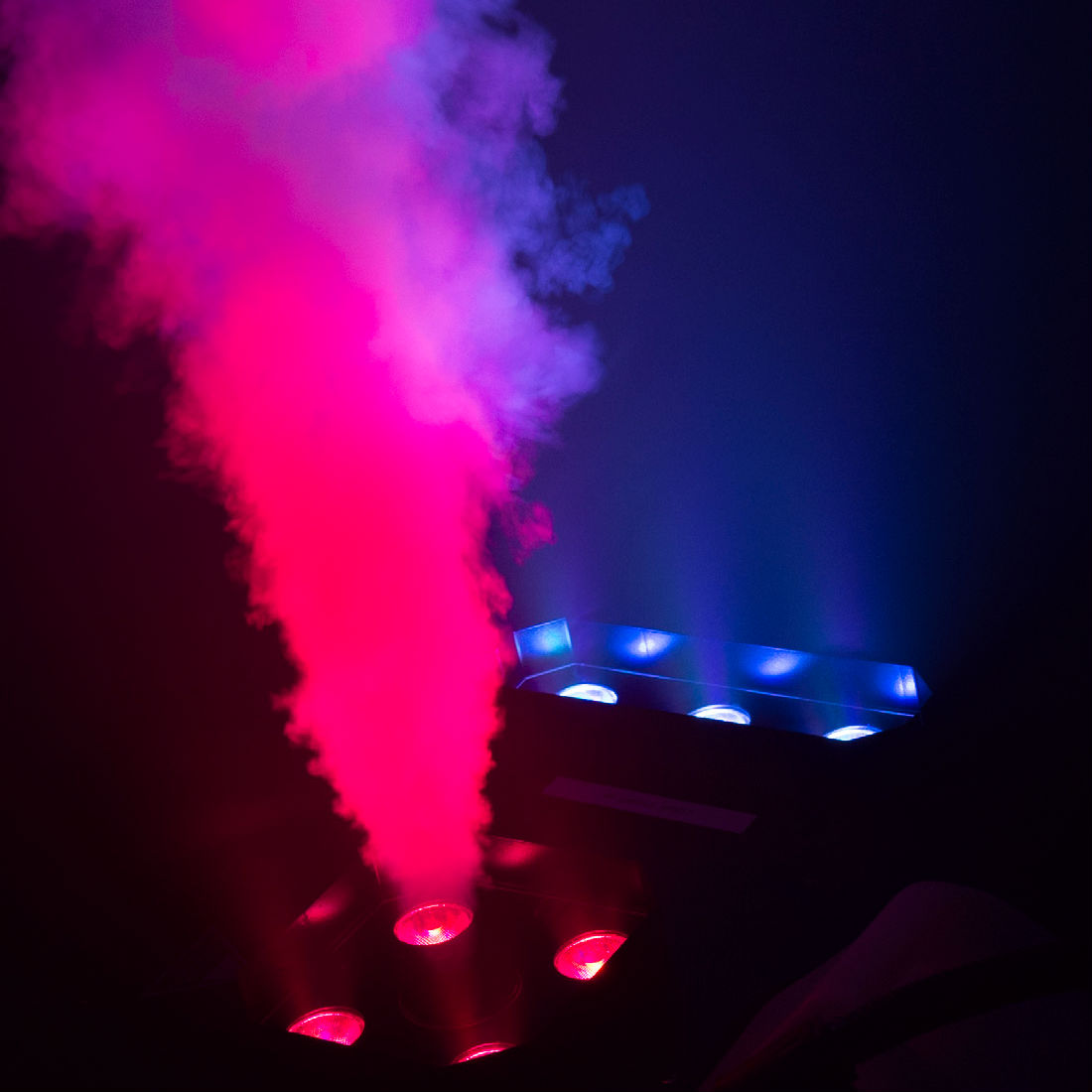Movies & Theatrical Special Effects
Lights, Camera, Effects!
Stage plays based on Hollywood movies are nothing new; there have been stage productions of “The Wizard of Oz” and “Dracula” for decades now. It seems that any movie that makes a hit at the box office stands a good chance of being brought to the live stage. The challenge facing designers working on this type of play is that the director often wants to re-create, as closely as possible, the look of the movie. This can be especially challenging for the special effects designer, since many movie effects just won’t work in a live setting.
For example, in “The Wizard of Oz,” the wicked witch makes her dramatic first appearance from a huge cloud of red smoke that appears instantly, accompanied by a thunderclap. On film, this effect was easily achieved by burning red smoke powder until a suitably large cloud of smoke had been produced. Once the cloud was in place, it was a simple matter of starting the cameras and having the witch jump out of the cloud. The thunderclap was added to the soundtrack later. It’s a bit trickier to create the same effect on stage, but it is possible.
To get a large cloud of smoke to appear nearly instantly, the designer’s choices are limited to flash powder or a fog machine. The problem with either of those solutions, however, is that they produce a large cloud of white smoke. (To date, there are no flash or fog effects that create a cloud of colored smoke.) It’s easy for the designer to get around this; all she need do is light the stage in the color she wants the smoke to appear. An interesting side effect of this approach is that the sudden change in lighting adds to the overall impact of the effect.
One movie effect we often get asked about is creating bullet-hits on an actor’s body. The effect, in case you’ve never seen an action movie, is that part of the actor’s shirt or jacket explodes, spewing blood and making it look for all the world as if he’s just been shot. Even on film,this is a potentially dangerous effect, as it involves attaching an explosive charge to the actor and setting it off. To protect the actor, a plate of body armor is fitted between the charge and the actor’s body. On a movie shoot, of course, there’s time to set all of this before starting the cameras. On stage, however, the body armor would make it hard to move about and act.
An older and much simpler way of creating the effect of someone being shot is to simply have the actor clap a hand to his chest and drop to the stage. For most plays, in fact, this is really all that’s needed as the gunshot itself isn’t a major plot point; who did the shooting, and why, is usually more important. If you need a bit more realism you can make “blood-bags” from water balloons or plastic baggies. (While the blood bags used for movie effects are usually constructed from condoms, they are also intended to be burst by an explosive charge.) Fill the bag with a small amount of stage blood - either bought from a stage makeup supplier or made from scratch - and tape it to the actor under his costume. Now, when he claps his hand to his chest, he should be able to burst the bag, causing some of the blood to seep through his shirt.
One movie effect that I strongly urge you to never try is the body-burn effect. You’ve seen this effect in horror and action films; it makes it seem as if an actor has been set on fire. What you don’t see in the movies is the large crew of safety and medical personnel standing just behind the cameras to put the fire out and attend to any burns or injuries the stunt person may have sustained. In addition to the high risk of injury to performer himself, there is also the possibility of this effect starting a fire in the performance space. Even in a controlled effect such as a torch or flame projector, a live flame can be dangerous when used on a performer - the risks just outweighs the benefits.
If a show seems to call for a body-burn effect, there are usually ways to fake it safely. For example, the play “Dr. Jeckyl and Mr. Hyde” includes a scene in which the laboratory burns down with somebody in it. Many directors create this effect safely by using flame pots scattered around the set and triggered remotely, and placing the unlucky victim in a spot that’s obscured by scenery. Using dim lights - and perhaps our new Blaze light fixture (#CH-447) for realistic “firelight” - really helps to sell this effect.
The important thing to remember is that, unless you’re attempting a live production of “Die Hard” or “The Matrix,” your audience probably isn’t there for the special effects. Heck, even those two movies, jam-packed as they are with effects, only did so well because of the story that was happening between the explosions. While a great-looking effect can add a lot to a show, it should never be more important than the story itself.
*********************************************
Theatre Effects Customer Service Department
service@theatrefx.com
www.theatrefx.com
Theatre Effects, 1810 Airport Exchange Blvd. #400, Erlanger, KY 41018
Phone: 1-800-791-7646 or 513-772-7646 Fax: 513-772-3579
*********************************************
Copyright Notice - no portion of this article may be reproduced without written permission. You may place a link to this page on your website provided you do not hide it within a frame or window.
 G300 SMART |









